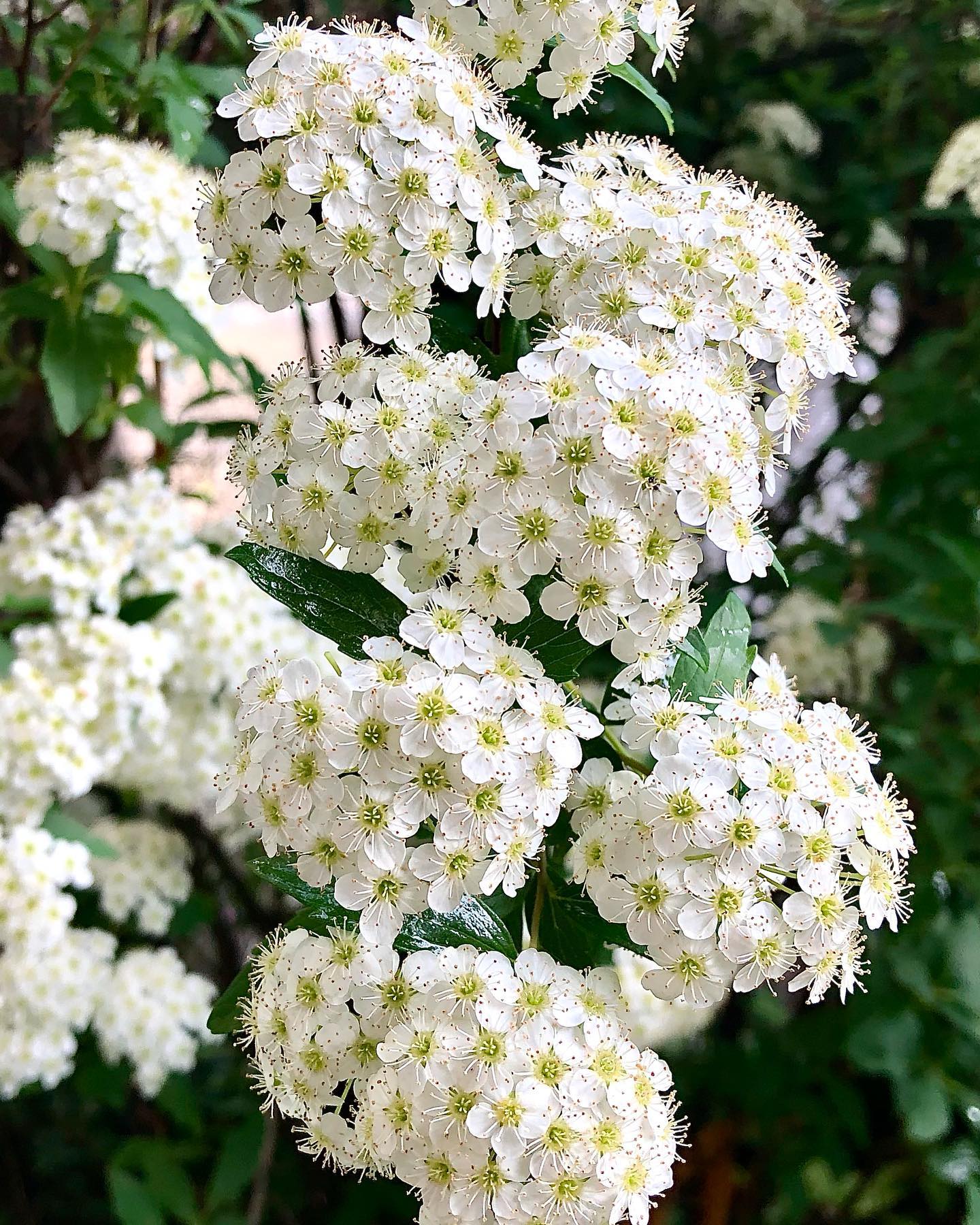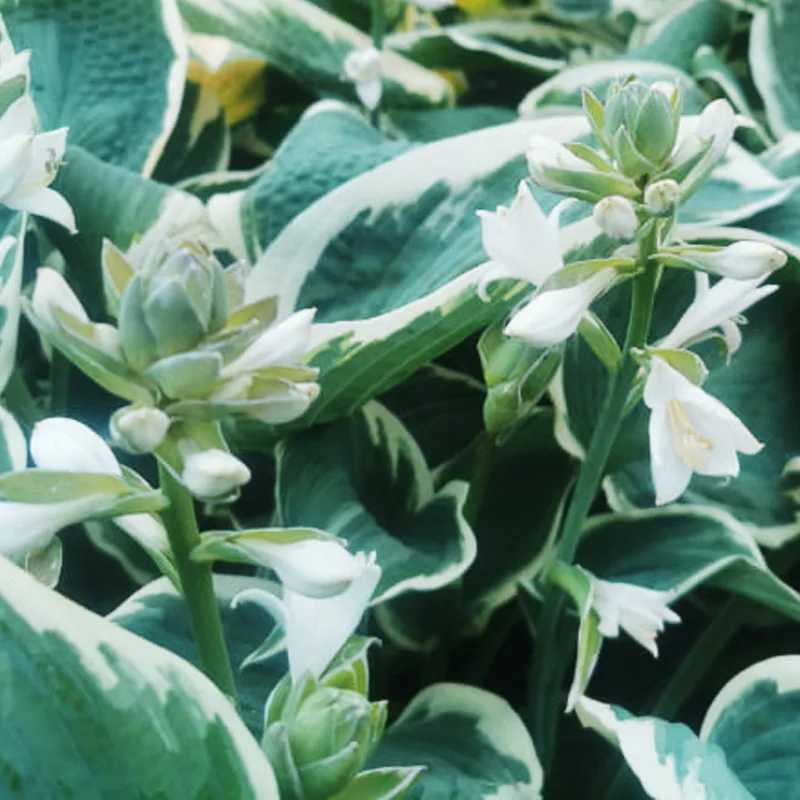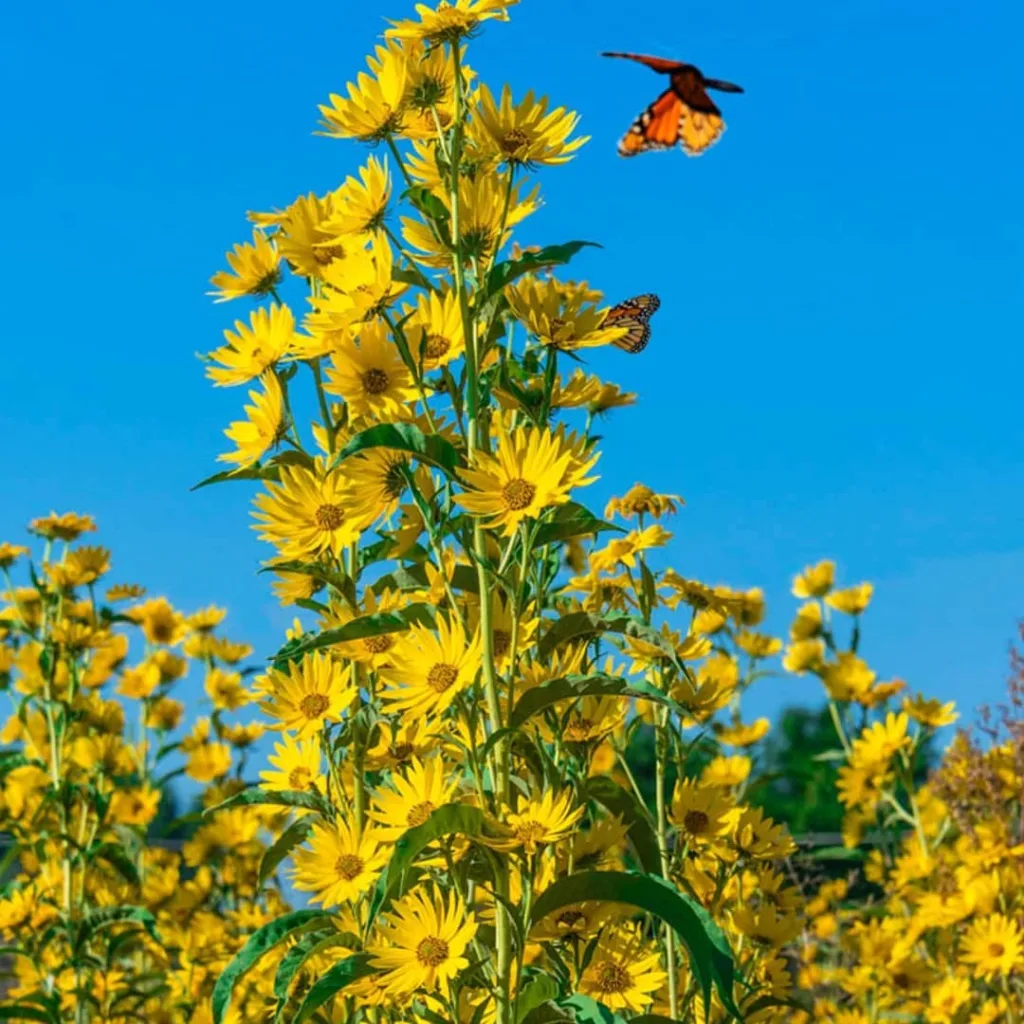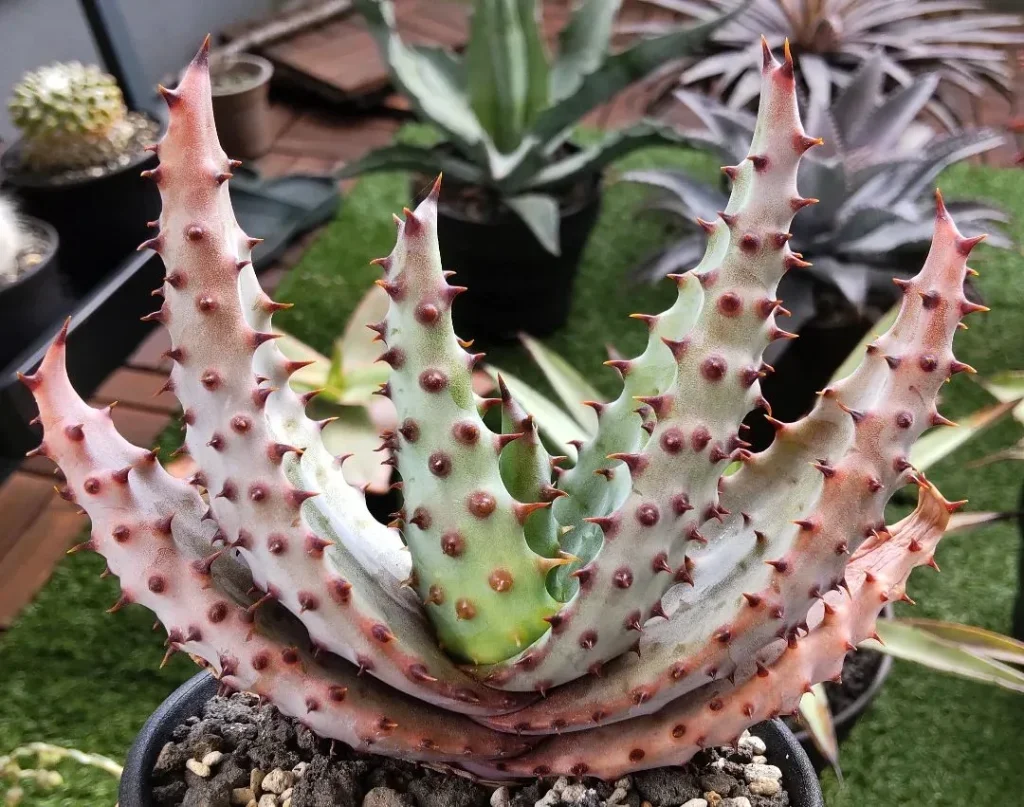FAQs About Aphanes Genus
As an avid gardener and plant enthusiast, I often find myself exploring lesser-known plant species. One that has caught my attention recently is Aphanes. In this article, I’ll address some frequently asked questions about Aphanes, sharing what I’ve learned along the way.
What Is Aphanes?
Aphanes is a genus of flowering plants within the Rosaceae family. Known for their delicate, creeping growth habits, these plants typically thrive in temperate regions. One notable species is Aphanes australis, commonly found in New Zealand and Australia. Their lush green foliage and small, charming flowers can bring a unique touch to gardens.
How to Care for Aphanes?
Caring for Aphanes is relatively straightforward, making them suitable for various gardening levels. Here are some key care tips I’ve discovered through my experience:
- Light: Aphanes generally prefer partial shade. Too much direct sunlight can scorch their leaves. I’ve found that placing them under the dappled shade of taller plants works well.
- Soil: These plants thrive in well-draining soil. A mix of loamy soil with good organic matter enhances their growth. When I planted Aphanes, I added compost to enrich the soil.
- Watering: Consistent moisture is crucial, but be careful not to overwater. I typically water when the top inch of soil feels dry. Aphanes do well in moist conditions but dislike sitting in waterlogged soil.
- Temperature: Aphanes are quite tolerant of temperature fluctuations but prefer a mild climate. They can withstand light frost, which is a bonus for gardeners in cooler regions.
How to Propagate Aphanes?
Propagation can be an enjoyable process with Aphanes. I’ve successfully propagated them through the following methods:
- Cuttings: Take softwood cuttings in late spring or early summer. Ensure the cuttings are about 4-6 inches long and remove any lower leaves. Dip the cut ends in rooting hormone before planting them in a pot with moist soil.
- Seed: While less common, starting from seed is another option. I’ve found that seeds benefit from a light soil cover and consistent moisture. Germination can take several weeks, so patience is key.
- Division: If you have mature plants, dividing them in early spring can encourage new growth. Carefully dig up the plant and separate the root clumps, ensuring each division has healthy roots.
What to Plant With Aphanes?
Aphanes can be paired with various plants to create stunning displays. I recommend:
- Ferns: Their lush foliage complements the delicate nature of Aphanes beautifully.
- Hostas: The contrast between hostas’ broad leaves and Aphanes’ smaller ones adds visual interest.
- Shade-loving flowers: Plants like Astilbe or Pulmonaria can enhance the beauty of your garden when planted alongside Aphanes.
Is Aphanes Toxic?
One of the common concerns for plant lovers is toxicity. Fortunately, Aphanes is not considered toxic to pets or humans. This trait makes them an excellent choice for family gardens or areas where pets roam freely.
Benefits of Growing Aphanes
In my experience, there are several benefits to incorporating Aphanes into your garden:
- Ground Cover: Their creeping growth habit allows them to effectively cover soil, reducing weeds and preventing erosion.
- Attracts Pollinators: The small flowers can attract bees and other pollinators, promoting biodiversity in your garden.
- Aesthetic Appeal: Aphanes adds a unique visual texture, enhancing the overall design of garden spaces.
Common Problems with Aphanes
While Aphanes are relatively hardy, they can face a few issues. Here are some common problems I’ve encountered:
- Overwatering: This can lead to root rot, a common problem I’ve seen in overly saturated soils. Ensure proper drainage to avoid this.
- Pests: Aphids and spider mites can occasionally target Aphanes. Regularly checking for these pests and using insecticidal soap has helped me keep them at bay.
- Fungal Issues: Humidity can lead to fungal diseases. Good air circulation and avoiding overhead watering can help prevent these problems.
Comparing Aphanes with Similar Plants
Many gardeners often confuse Aphanes with similar plants like Creeping Jenny (Lysimachia nummularia) or Creeping Thyme (Thymus serpyllum). Here’s a quick comparison:
- Creeping Jenny features vibrant yellow flowers and bright green leaves that turn golden in fall, while Aphanes has more understated blooms.
- Creeping Thyme is known for its aromatic foliage and pink flowers, making it a great ground cover that can tolerate foot traffic, unlike Aphanes, which is more delicate.
In conclusion, Aphanes is a charming addition to any garden, offering beauty and ecological benefits. With the right care and companionship, they can thrive and create a lush, inviting space. If you have more questions about Aphanes or gardening in general, feel free to reach out!



